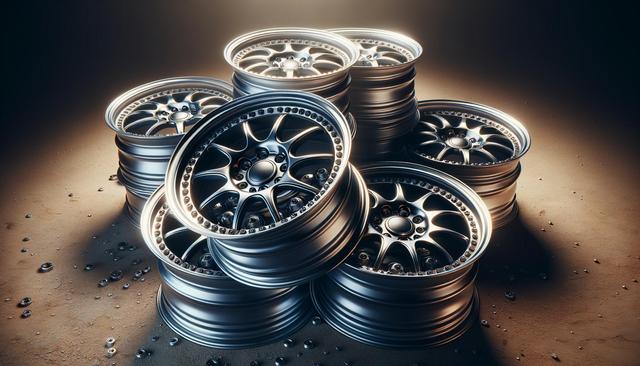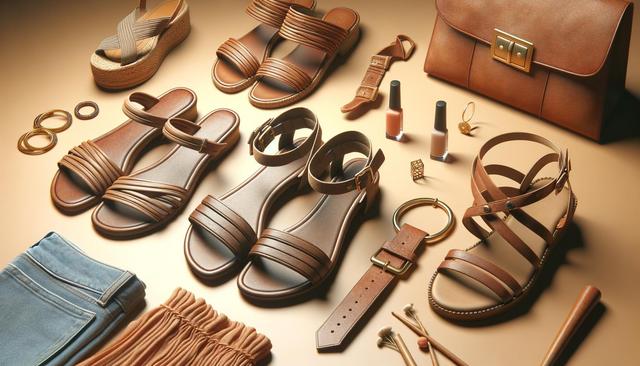Why Consider Buying Used Rims?
Used rims can be a sensible and cost-effective solution for car owners looking to replace or upgrade their wheels without the high price of brand-new options. Whether you’re customizing a vehicle, replacing damaged rims, or simply seeking a backup set for seasonal tires, the used market offers a wide range of affordable choices. Most used rims are in good condition and, with proper inspection, can serve reliably for years.
There are also environmental benefits to buying used. Reusing rims reduces the demand for new manufacturing, helping to conserve resources and reduce waste. Additionally, many used rims come from vehicles that were scrapped for reasons unrelated to wheel damage, which means you can often find high-quality options at a fraction of the original cost.
However, not all used rims are equal. It’s important to be well-informed and cautious during the buying process to ensure you’re getting a product that is safe, compatible, and in good condition.
What to Check Before Buying
Before making a purchase, a thorough inspection of the rims is essential. Used rims may have hidden defects or wear that could affect performance or safety. Here are some key areas to evaluate:
- Structural Integrity: Check for cracks, bends, or signs of welding that could indicate prior damage.
- Corrosion and Rust: Surface rust may be cosmetic, but deeper corrosion can weaken the metal and compromise safety.
- Finish Condition: Look at the paint or coating for signs of peeling or bubbling, which may lead to further deterioration.
- Bolt Pattern and Size: Ensure the rim matches your vehicle’s specifications to avoid fitment issues.
If possible, ask the seller for the rim’s history or previous vehicle information. Retail shops and recycling centers often inspect and refurbish rims before resale, adding a layer of reliability to your purchase.
Where to Buy Used Rims
There are several channels through which you can find used rims, each with its own pros and cons. Local auto shops, salvage yards, and online marketplaces are the most common sources.
- Auto Part Stores: Many stores specialize in used or refurbished parts and offer warranties or return policies.
- Salvage Yards: Great for finding OEM rims at low prices, but may require more hands-on inspection.
- Online Marketplaces: Websites and classified ads can offer a wide selection, but require caution to avoid scams or misrepresented items.
When buying online, look for sellers with verified reviews and detailed product descriptions. Ask for additional photos and confirm return policies before completing a transaction. In-person pickup is ideal when possible, allowing you to inspect the rims firsthand.
Understanding Pricing and Value
Used rim prices vary widely based on brand, size, condition, and demand. To determine if a price is fair, research the typical market value of the specific rim type you’re considering. Factors affecting price include:
- Material: Alloy rims generally cost more than steel due to their performance and appearance.
- Condition: Lightly used or refurbished rims command higher prices than heavily worn ones.
- Brand and Model: Some brands or designs are more sought after and can retain higher resale values.
Compare multiple listings and consider contacting local buyers or sellers to negotiate prices. Keep in mind that while saving money is the goal, quality should not be sacrificed—especially when it comes to vehicle safety.
Tips for a Successful Purchase
To ensure a smooth buying experience, follow a few best practices. First, always verify compatibility with your vehicle. This includes checking the diameter, width, bolt pattern, and offset. Most vehicles have specific wheel fitment requirements, and incorrect sizing can lead to handling issues or tire wear.
It’s also helpful to:
- Bring your vehicle information or owner’s manual when shopping in person.
- Request a fitment guarantee or return policy, especially when buying from shops or online stores.
- Inspect all wheels thoroughly or request high-resolution images from the seller.
- Balance and align tires after installation to ensure optimal performance.
Additionally, consider the cost of any necessary repairs or refinishing, as these expenses can add up. A slightly more expensive rim in better condition may be more economical in the long run.
Conclusion: Making a Smart Investment
Buying used rims can be a wise investment when approached with care and knowledge. By inspecting the rims carefully, ensuring proper fitment, and purchasing from reputable sources, you can secure high-quality wheels at a more affordable price. Whether you’re upgrading your ride or replacing a damaged set, used rims offer a practical solution that combines value and sustainability. Take your time, compare options, and make an informed decision that aligns with your vehicle’s needs and your budget.


